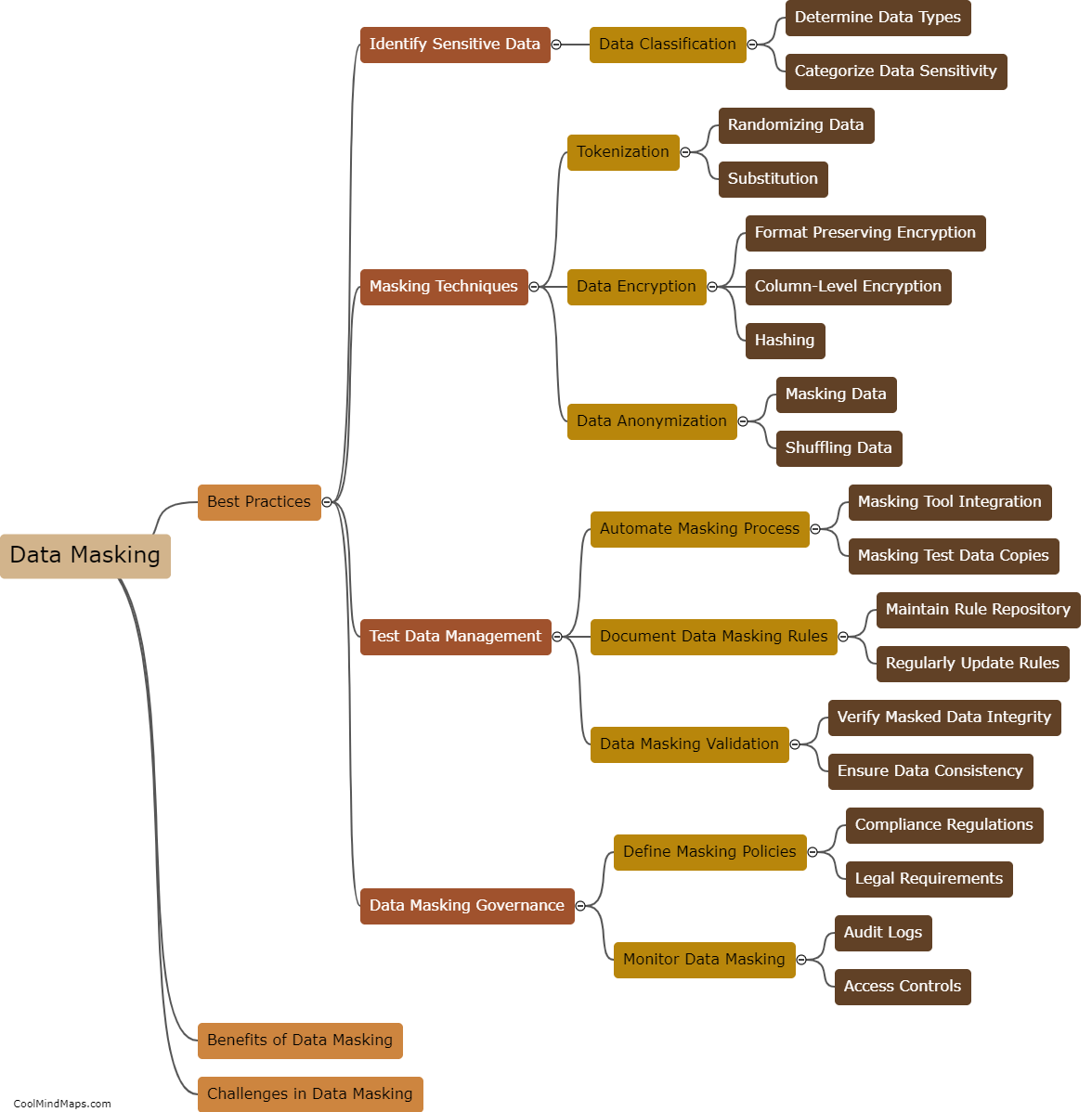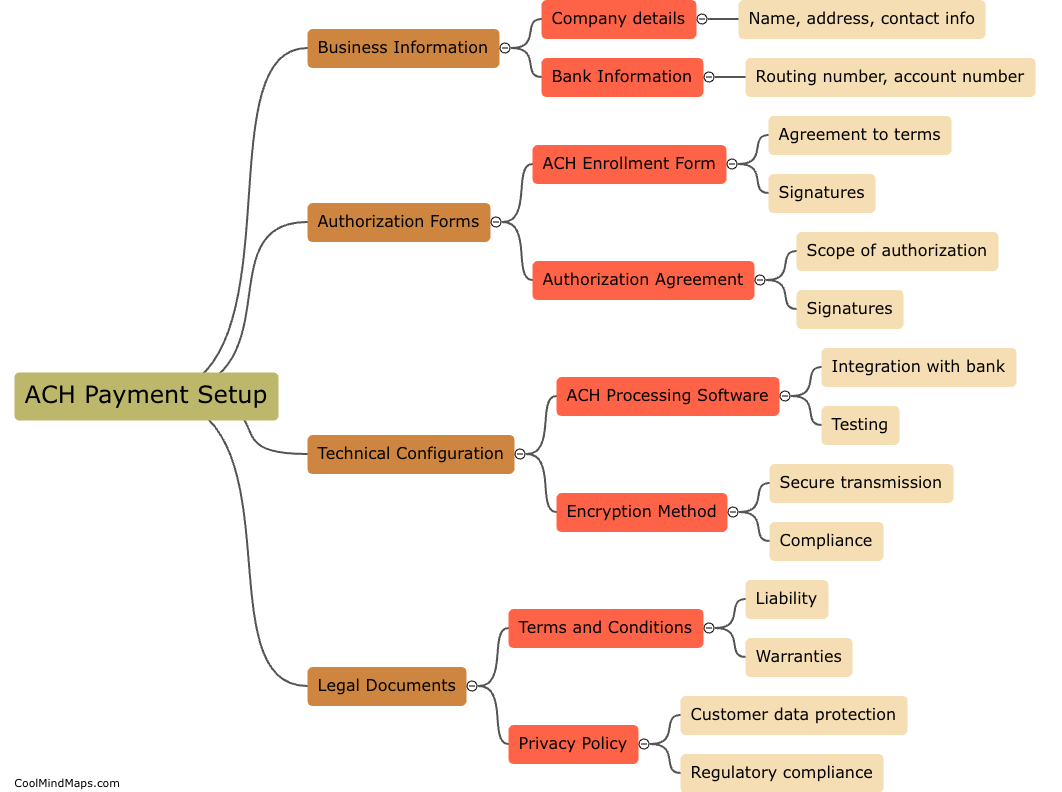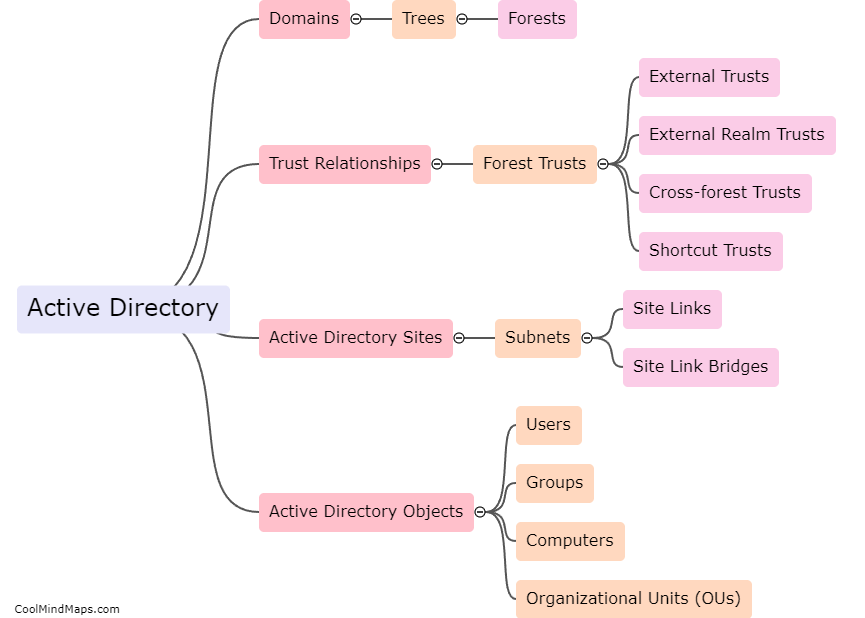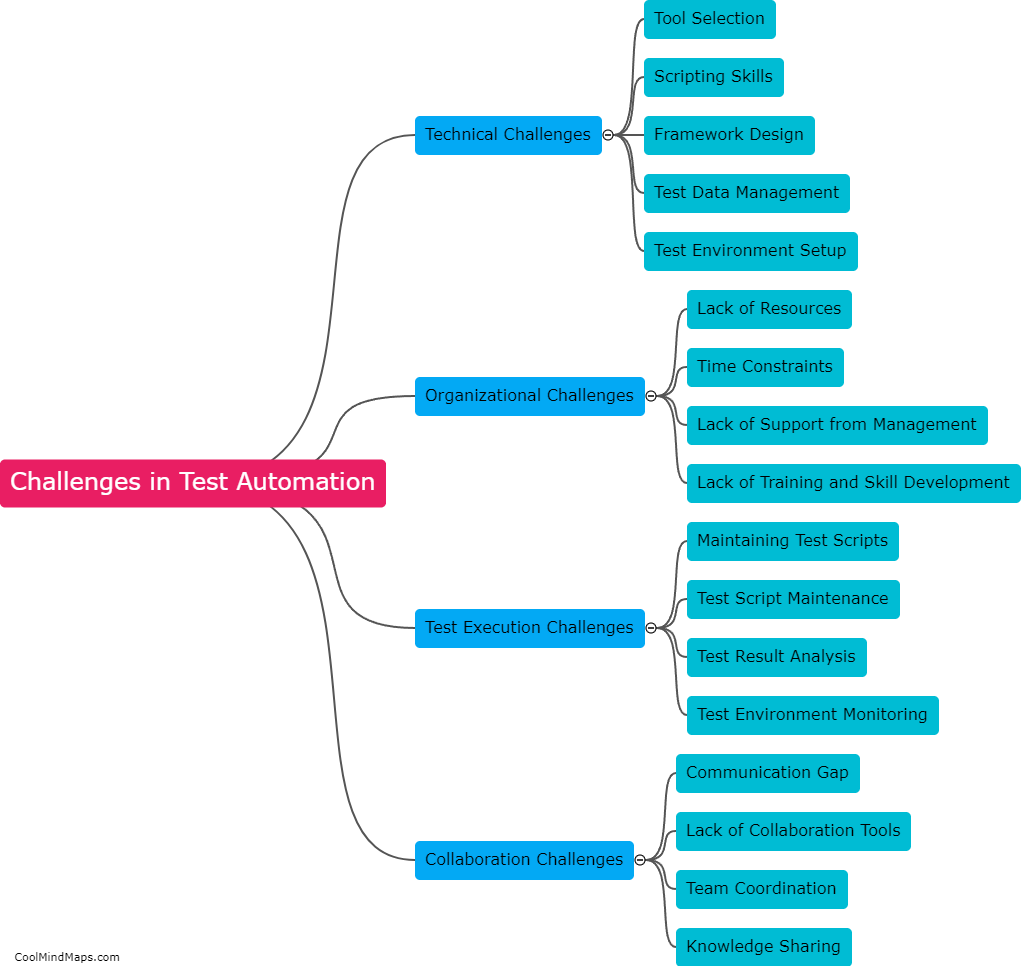What are the best practices for data masking in testing?
Data masking is a crucial practice in testing that ensures the protection of sensitive data while maintaining its integrity and preserving the realism of test environments. The best practices for data masking involve several key steps. Firstly, identifying and understanding the sensitive data that needs to be masked, considering personally identifiable information, financial data, or any other proprietary information. Secondly, creating a data masking strategy that includes selecting appropriate masking techniques, such as encryption, tokenization, or scrambling, based on the level of sensitivity. Thirdly, developing a comprehensive data masking plan that outlines how the masking should be performed, including data extraction, masking, and loading. Additionally, it is important to regularly test and validate the effectiveness of data masking techniques to ensure the integrity and security of the masked data. Finally, organizations should establish robust access controls and security measures to limit and monitor access to the masked data, preventing any unauthorized exposure. By following these best practices, organizations can ensure data privacy and security during testing while maintaining the validity and relevance of the test data.

This mind map was published on 27 July 2023 and has been viewed 119 times.











